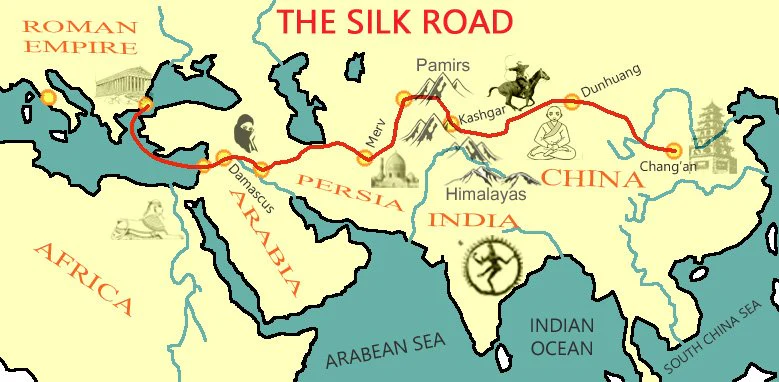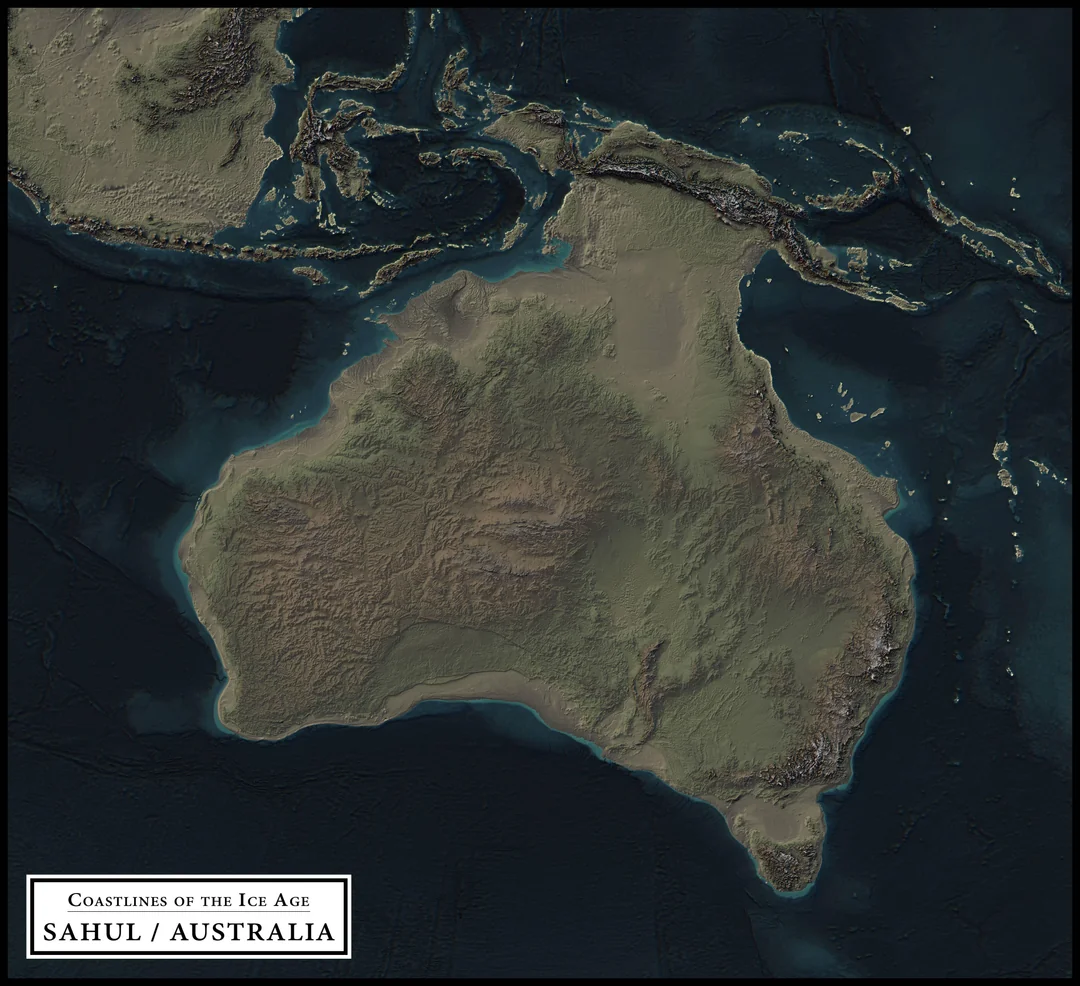The Silk Road, spanning over 6,400 kilometers, was more than just a trade route; it was a conduit for cultural, technological, and intellectual exchange between East and West. From the 2nd century BCE to the mid-15th century, this network connected civilizations across Asia, the Middle East, and Europe, facilitating the movement of goods like silk, spices, and precious metals. However, its true legacy lies in the exchange of ideas, religions, and innovations that shaped the course of history.
Cities along the Silk Road, such as Samarkand and Bukhara, became melting pots of diverse cultures, languages, and beliefs. These urban centers thrived as hubs of learning and creativity, where scholars, artists, and traders converged. The spread of Buddhism from India to China, the introduction of papermaking techniques, and the fusion of artistic styles are testaments to the profound cultural interactions that occurred along these routes.
Understanding the Silk Road’s multifaceted impact requires a comprehensive approach that considers archaeological findings, historical records, and scholarly research. By examining the experiences of those who traversed these paths, we gain insights into the complexities of cultural diffusion and the interconnectedness of ancient societies. This holistic perspective aligns with the principles of Experience, Expertise, Authoritativeness, and Trustworthiness (E-E-A-T), ensuring a credible and enriching exploration of this pivotal chapter in human history.




